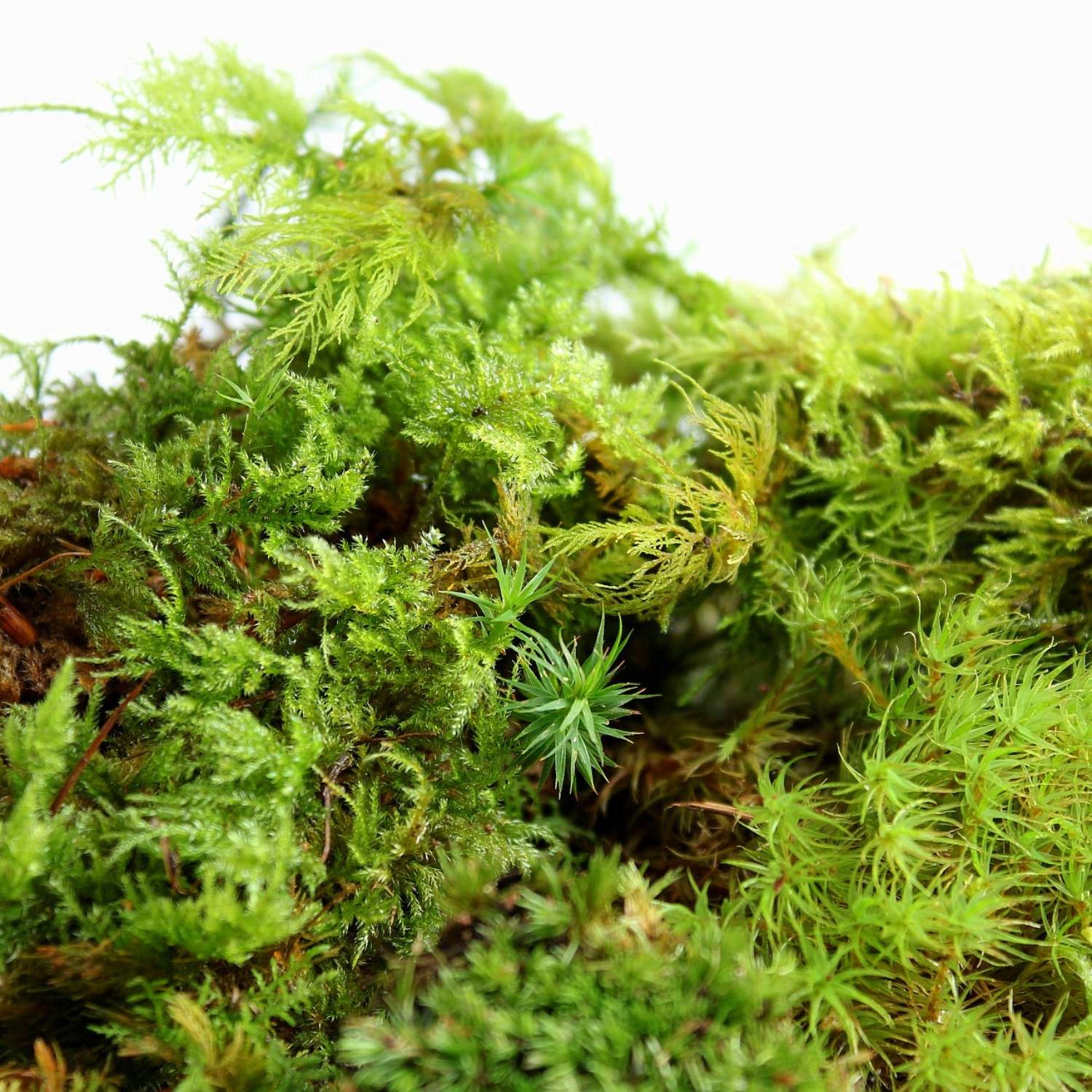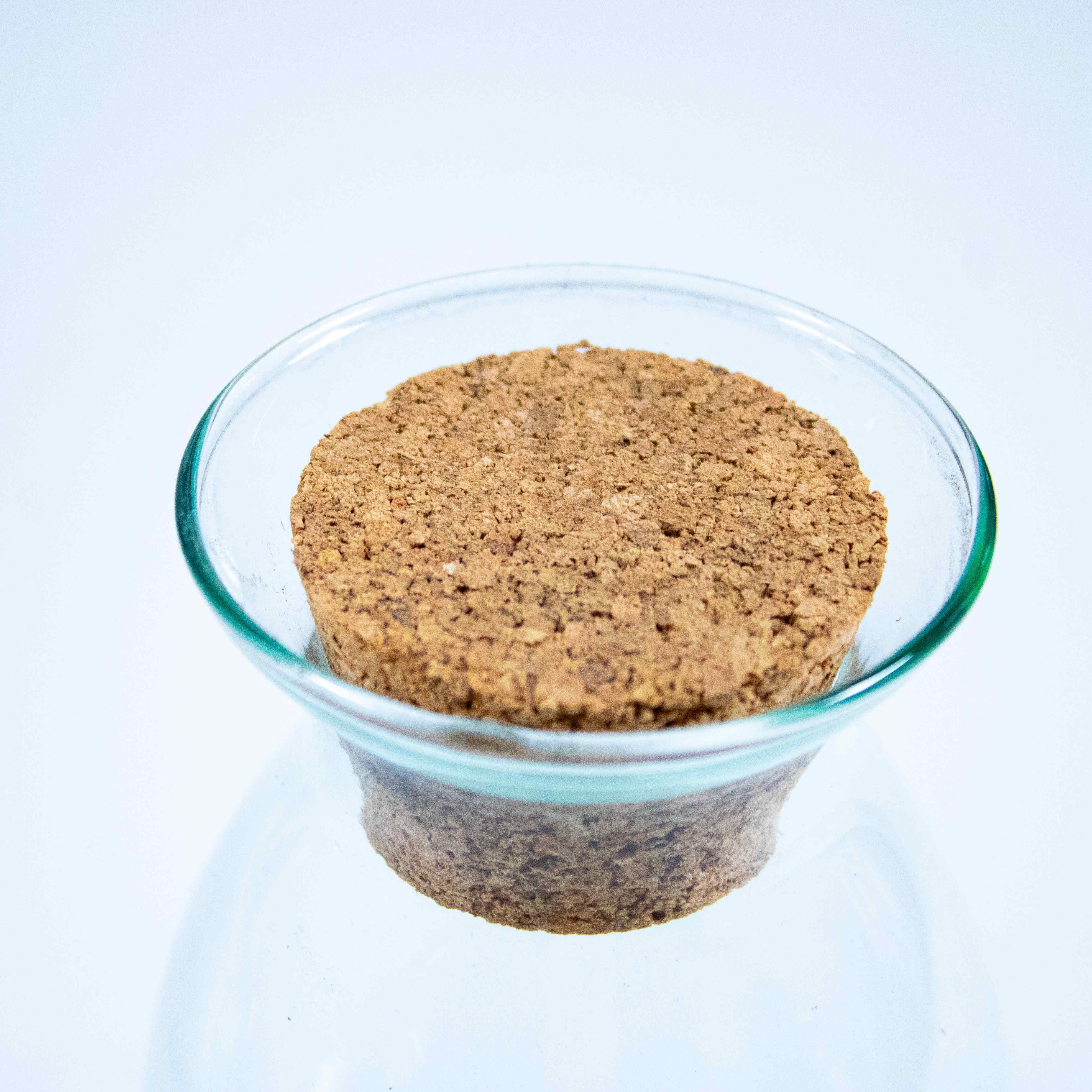You can enjoy nature up close in terrariums, which are pretty little indoor gardens. But because they are warm and damp, mold can grow there too. There should be some mold in your terrarium, but not too much.
In this guide, we’ll explore the most effective ways to prevent mold in terrariums so you can enjoy healthy plants and gardens.
What Causes Mold in Terrariums?
Mold is a fungus that thrives in moist environments with decaying organic matter – exactly what a terrarium provides! Here’s why they easily grow mold
- High humidity from the enclosed space and frequent misting
- Presence of soil, leaf litter, and dead plant parts
- Stagnant, poor air circulation
- Overwatering leading to a soggy substrate
- Mold spores in the air landing on damp surfaces
A mold colony can grow quickly from just a few spores. Mold is normal, but too much of it can kill plants and make terrariums look bad. Prevention is key to control mold.
10 Ways to Prevent Mold Growth
Here are the top 10 methods to deter mold growth before it becomes an issue:
-
Use activated charcoal; it absorbs toxins and chemicals that mold loves. Place a layer on top of the drainage or mix it into the substrate. It gets rid of smells and makes water clear.
-
Increase Air Circulation – Stagnant air promotes mold. Open terrariums or add small fans to improve air flow.
-
Control Watering – Overwatering causes soggy soil, the perfect home for mold. Allow the soil to partially dry out between waterings.
-
Use Distilled Water – Tap water has minerals and contaminants that can increase mold growth. Distilled, filtered or rain water is cleaner.
-
Sterilize Hardscape Items – Boil or bake any driftwood, rocks, bark or other hardscape elements before adding to terrariums. This kills any spores present.
-
Introduce Springtails – These tiny insects eat mold and help control populations. Their waste also fertilizes plants!
-
Use Cinnamon Powder—Dusting cinnamon on the ground and hardscape can stop mold from growing because cinnamon naturally kills fungi.
-
Improve Drainage – A drainage layer of gravel, LECA or charcoal covered with mesh prevents wet soil. Good drainage deters mold.
-
Bake the Soil – Heating potting mix at 200°F for 30 minutes kills any mold spores present before use.
-
Let New Terrariums Sit – Allow newly assembled terrariums to sit open for 1-2 weeks. This dry period prevents initial mold blooms.
What to Do If Mold Occurs
If despite preventative measures mold still develops, take action to control it:
-
Allow more drying time between waterings and increase air circulation.
-
Spot treat visible mold with diluted hydrogen peroxide or alcohol on a cotton swab.
-
Remove badly affected leaves and prune back moldy plants.
-
Use a turkey baster to remove excess water pooled in the drainage layer.
-
Apply cinnamon powder or chamomile tea spray to inhibit further mold growth.
-
Introduce springtails to eat mold and keep it under control.
Be Patient and Persistent Against Mold
Don’t get discouraged if some mold occurs – early intervention and persistently addressing contributing factors will bring terrarium mold under control.
With proper watering, air flow, clean materials, and beneficial creatures like springtails, you can achieve a balanced terrarium ecosystem that minimizes mold.
While you can’t avoid all mold, you can reduce it to enjoy healthy plants and beautiful miniature gardens. With a little patience and these handy tips, you’ll be mold-free in no time!

Bake Your Soil
As we work our way through the layers of your terrarium, you’ll realise there’s a little something you can do at every stage.
Every layer has a job to do, but the substrate’s ability to provide nutrients is probably the most important for a plant-based closed terrarium.
I found out the hard way that no matter where you get your soil from, there is no guarantee there won’t be dormant spores laying in wait for some water.
Again, this is typically only an issue when using soil taken straight from the outdoors or cheaper stuff bought online.
One way to make sure your soil is safe is to clean it up like you would a strong glass container.
Let’s take a look at some of the best ways to de-fungi your substrate layer.
- In the oven: Baking is probably the most common way to clean your soil, and it’s quick and easy to do for large amounts of the brown stuff.
- Heat the oven to 180–200F (82–83 C). Put the soil in a dish that can go in the oven and cover it with foil. After 30 minutes, take them out of the oven and let them cool.
- Don’t let the temperature go above what’s suggested; any higher could cause toxins to form, and we don’t want that.
- In the microwave: Another easy way to get rid of small amounts of soil is to use the microwave.
- Make sure to use containers that can go in the microwave (NO FOIL!) and have some space for air to flow. For every 0. 45 kg (1 lb) of soil, and heat it for 45 seconds. Again, leave to cool until use.
Tips:
- You could also use a pressure cooker to steam your soil, but if the substrate mix is high in nitrates, it could catch fire. Therefore, I will NOT be recommending this method.
- Depending on the substrate, you MUST learn about the type of substrate and what it needs before baking.
- Aquarium soil, for example, does not need to be sterilised.

Foraged moss can pose a lot of problems. Try our live moss bundle!
4 | Preventative Measures
It’s the same as if you were going to make your own hot sauce or jam, do not assume that your glassware is pristine clean no matter where you’ve got it from.
Residual bacteria or fungal spores can reside within your vessels – so it’s important to clean them first.
There are two ways of doing this, and which method you choose really depends on the glassware you’re handling.

The Ol Rinsenwipe
- Hot soapy water + a sponge. Grab some rubber gloves and get scrubbing.
- Make sure you wipe down the inside and out.
- You can let the hot water sit in the terrarium for 10 minutes and then rinse it out until all the bubbles are gone if the container is an odd shape that is hard to clean.
Deep Heat
- Set the oven to about 275 F/130 C. You can clean your glassware most effectively by putting it in the oven. This works best for strong, thick glass containers like mason jars and demijohns.
- The high heat will eradicate any unwanted inhabitants.
Pro Tips:
- The pot needs to be heated for at least 30 minutes.
- Use oven gloves when removing the vessel from the oven
- Do not let the containers touch each other when you are sterilizing several at once.
- You should only put the glass parts of your vessel in the oven.
- Do not rinse hot glass with cold water!
I’d like to give a quick plug to the glassware we sell in our shop. It’s spotless right out of the box, so don’t worry about that!
HOW TO STOP MOLD GROWING IN A TERRARIUM, PALUDARIUM, VIVARIUM
FAQ
How to avoid mold in a terrarium?
Is mold normal in a bioactive terrarium?
Mold is usually safe in small amounts, but if there is too much of it, it usually means that your vivarium’s “ecosystem” is out of balance. ” To help keep your vivarium in balance, ensure good airflow, make sure your substrate drains well, and don’t let things get too wet.
How do you stop mold from growing inside?
The best way to prevent mold is to control moisture. Keep the indoor humidity below 60% relative humidity, ideally between 30% and 50%. Repair leaky pipes and faucets. Turn on the exhaust fans when bathing and cooking. Clean out the gutters. Make sure water drains away from your home.
How to prevent mold in substrate?
To get rid of mold and prevent it from spreading, here are some recommended steps:Optimize watering : Reduce the amount of water during the winter months when plants often enter a period of dormancy. Improve air circulation : . Remove the mold coating : . Use fungicides : . Transplantation : . Increase the light :
How do I prevent terrarium mold?
Prevent Terrarium Mold with the Following Guidelines: Use Clean and Sterilized Soil: Mold can thrive in contaminated soil. Therefore, opt for clean and sterilized soil when planting in your terrarium to mitigate mold growth.
Why is my terrarium moldy?
A closed environment, poor ventilation, and excess water provide ideal conditions for mold growth. Overwatering: Overwatering is a direct cause of high humidity in the terrarium. Lack of light: Light is an important part of photosynthesis, which helps plants grow well and stops mold from growing.
Can you get a moldy terrarium with healthy plants?
However, you can still get a moldy terrarium with healthy plants. Molds feed on sugars and other moist organic matter. They can even feed on surfaces like plastics if a biofilm (bacterial layer) is present. In my terrariums, I see mold most often on driftwood branches, and that’s totally normal.
Is mold in a terrarium harmful?
Generally, no. While a small amount of mold may not be immediately harmful, it indicates an imbalance in the terrarium ecosystem. Mold can steal nutrients from plants, leading to their decline. 2. How do I get rid of white mold in my bioactive terrarium? A 1:1 solution of 3% hydrogen peroxide and water can be sprayed directly onto the mold.
How does Mold grow in a terrarium?
Mold requires moisture to grow, and the moist environment of a terrarium provides the perfect host. Mold spreads by releasing spores into the air, which then settle in suitable locations to grow and thrive. So, now you understand what mold is in general, right?.
How do you remove moldy substrate from a terrarium?
Get rid of the moldy substrate and give your terrarium plants a new home by removing the old substrate from the whole thing. Select the new substrate that drains well and is suitable for the plant species. Add the new substrate to the Terrarium and replant the vegetation.
